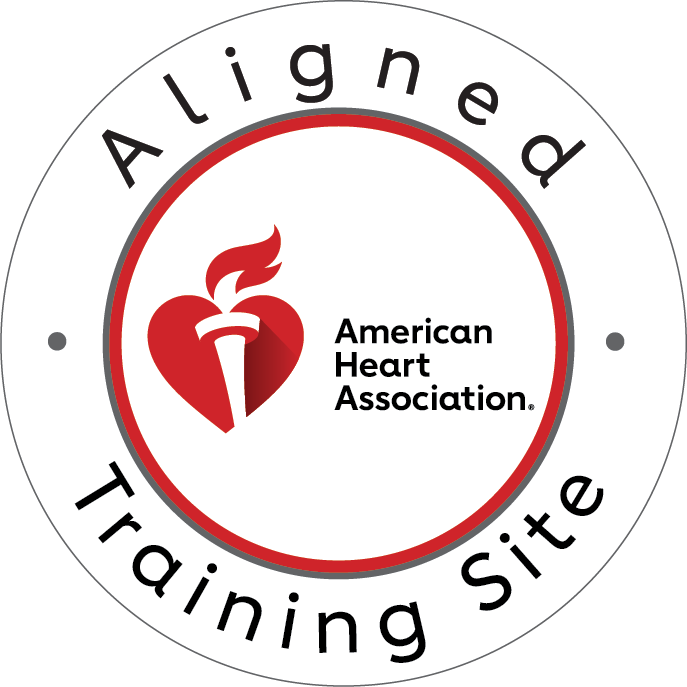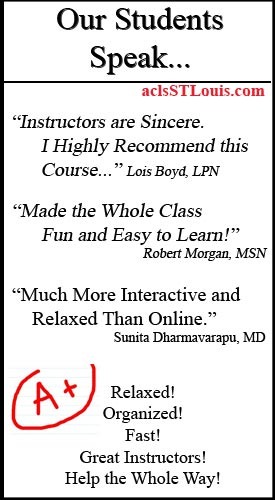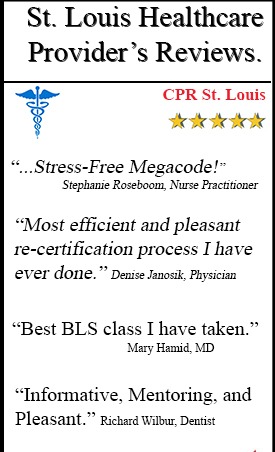When emergencies strike, the difference between life and death often hinges on how quickly and effectively someone responds. That’s why first aid knowledge isn’t just for healthcare professionals—it’s something every person should have. In the United States, cardiovascular emergencies like heart attacks and strokes remain the leading causes of death, making timely intervention critical. According to the Centers for Disease Control and Prevention (CDC), someone has a heart attack every 40 seconds, and strokes claim hundreds of thousands of lives each year. The American Heart Association (AHA) provides nationally recognized guidelines to help people respond to these and other emergencies with confidence and skill. This article covers essential information from those guidelines to empower readers with the tools needed to recognize, respond to, and manage life-threatening situations.
Understanding Cardiovascular Emergencies
Cardiovascular emergencies refer to acute events involving the heart or blood vessels, including heart attacks, strokes, and cardiac arrest. These emergencies can occur suddenly, even in individuals with no prior history of heart disease. Major risk factors include high blood pressure, smoking, obesity, diabetes, and a sedentary lifestyle. Fortunately, many of these risks can be reduced through lifestyle changes and regular medical checkups. Still, prevention isn’t always enough, so early recognition is crucial. The AHA emphasizes the “chain of survival”—a series of critical actions such as early access to emergency care, early CPR, rapid defibrillation, and advanced medical treatment—that dramatically improve outcomes in cardiovascular crises.
Heart Attack Recognition and Response
Recognizing a heart attack quickly is key to minimizing heart muscle damage and improving survival. Classic symptoms include chest pain or discomfort, often described as pressure or squeezing, which may radiate to the arms, neck, jaw, or back. However, symptoms can vary. Atypical presentations—such as shortness of breath, nausea, fatigue, or lightheadedness—are more common in women, the elderly, and individuals with diabetes. Understanding these differences can prevent delays in treatment. If a heart attack is suspected, call 911 immediately. Have the person sit down and stay calm. If they’re not allergic and have no contraindications, giving aspirin can help thin the blood and reduce clot formation. But never delay emergency services in administering it—timing is everything.
Stroke Identification and Management
Stroke is another medical emergency where every second counts. The FAST method—Face drooping, Arm weakness, Speech difficulty, and Time to call 911—is a simple and effective way to identify a possible stroke. Other symptoms might include confusion, trouble walking, vision problems, or a sudden, severe headache. There are two main types of strokes: ischemic (caused by a clot) and hemorrhagic (caused by bleeding in the brain). Treatments are most effective within a narrow window, usually within three to four and a half hours from symptom onset. Until help arrives, keep the person lying on their side with their head slightly elevated and monitor their breathing and responsiveness.
Cardiac Arrest and CPR
While a heart attack involves a blockage that restricts blood flow to the heart, cardiac arrest occurs when the heart suddenly stops beating altogether. This is a far more urgent event that requires immediate CPR. The AHA’s updated CPR guidelines highlight the importance of high-quality chest compressions. For untrained bystanders, hands-only CPR—pushing hard and fast in the center of the chest—is often recommended until professional help arrives. For those trained in CPR, conventional methods that include rescue breaths are encouraged, especially in cases involving children, drowning, or drug overdose. Knowing how to adjust CPR based on age, from infants to adults, is a critical part of any AHA first aid or CPR course.
Automated External Defibrillator (AED) Use
An Automated External Defibrillator (AED) can be a lifesaver during cardiac arrest. These devices analyze heart rhythms and deliver a shock if necessary to restore a normal heartbeat. AEDs are often located in public areas like airports, gyms, schools, and shopping centers. Using one is easier than many people think. Turn it on, follow the voice prompts, and place the pads on the person’s bare chest as indicated. Make sure no one is touching the person during shock delivery. After the shock, continue CPR if advised. It’s also important to ensure AEDs are regularly checked and maintained so they’re ready in a real emergency.
Choking and Airway Emergencies
Choking is another life-threatening event that requires immediate action. A partial obstruction might allow some air movement, but complete obstruction means the person cannot breathe, speak, or cough. In such cases, the Heimlich maneuver—or abdominal thrusts—is the standard method to dislodge the object. For infants, a combination of back slaps and chest thrusts is recommended. Pregnant individuals and those who are obese may require chest thrusts instead. If you’re alone and choking, you can perform abdominal thrusts on yourself using the back of a chair or a countertop.
First Aid for Other Common Emergencies
Beyond cardiovascular emergencies, AHA first aid courses also prepare individuals to handle a wide range of other serious conditions. Severe bleeding must be controlled quickly with direct pressure, elevation, and, when necessary, the use of a tourniquet. Shock—marked by pale skin, rapid breathing, and weakness—requires laying the person flat, raising their legs, and keeping them warm. Seizures should be managed by protecting the individual from injury and rolling them onto their side to maintain an open airway. For allergic reactions, prompt use of an epinephrine auto-injector can be life-saving. And for burns, fractures, or head injuries, proper immobilization and cooling techniques can prevent further harm before EMS arrives.
Building an Effective Emergency Response Plan
Having a well-thought-out emergency response plan is just as important as knowing what to do. Families and workplaces should develop action plans that include clear roles, updated emergency contacts, and easy access to first aid kits. These kits should be checked regularly and stocked with essentials such as gloves, gauze, bandages, antiseptics, and medications like aspirin and epinephrine. Conducting regular drills helps reinforce the correct steps so that responses become second nature when stress is high and time is limited.
AHA Certification and Training
To truly be prepared, formal training is essential. The American Heart Association offers a variety of courses, including Heartsaver First Aid, CPR, and AED certifications, which are ideal for both healthcare providers and the general public. CPR St. Louis, an AHA training site, provides comprehensive classes with expert instructors and realistic scenarios to build confidence. Certification is valid for two years, and recertification ensures that your skills stay sharp and aligned with the latest guidelines. Registration is easy, and classes are available in flexible formats to fit your schedule.
Conclusion
First aid knowledge saves lives. Being able to recognize the signs of a heart attack, stroke, or cardiac arrest—and knowing how to respond appropriately—can make a life-changing difference. The American Heart Association’s guidelines provide a trusted foundation for learning these skills, and courses like those offered at CPR St. Louis help turn that knowledge into action. Don’t wait for an emergency to wish you were prepared. Enroll in a course today and take a confident step toward becoming someone’s hero in their most critical moment.






